Almaviva shows transatlantic approach to Chilean wine
Almaviva combines the expertise of France and Chile in one precision-engineered icon wine, as db found out at its vertical tasting last month.
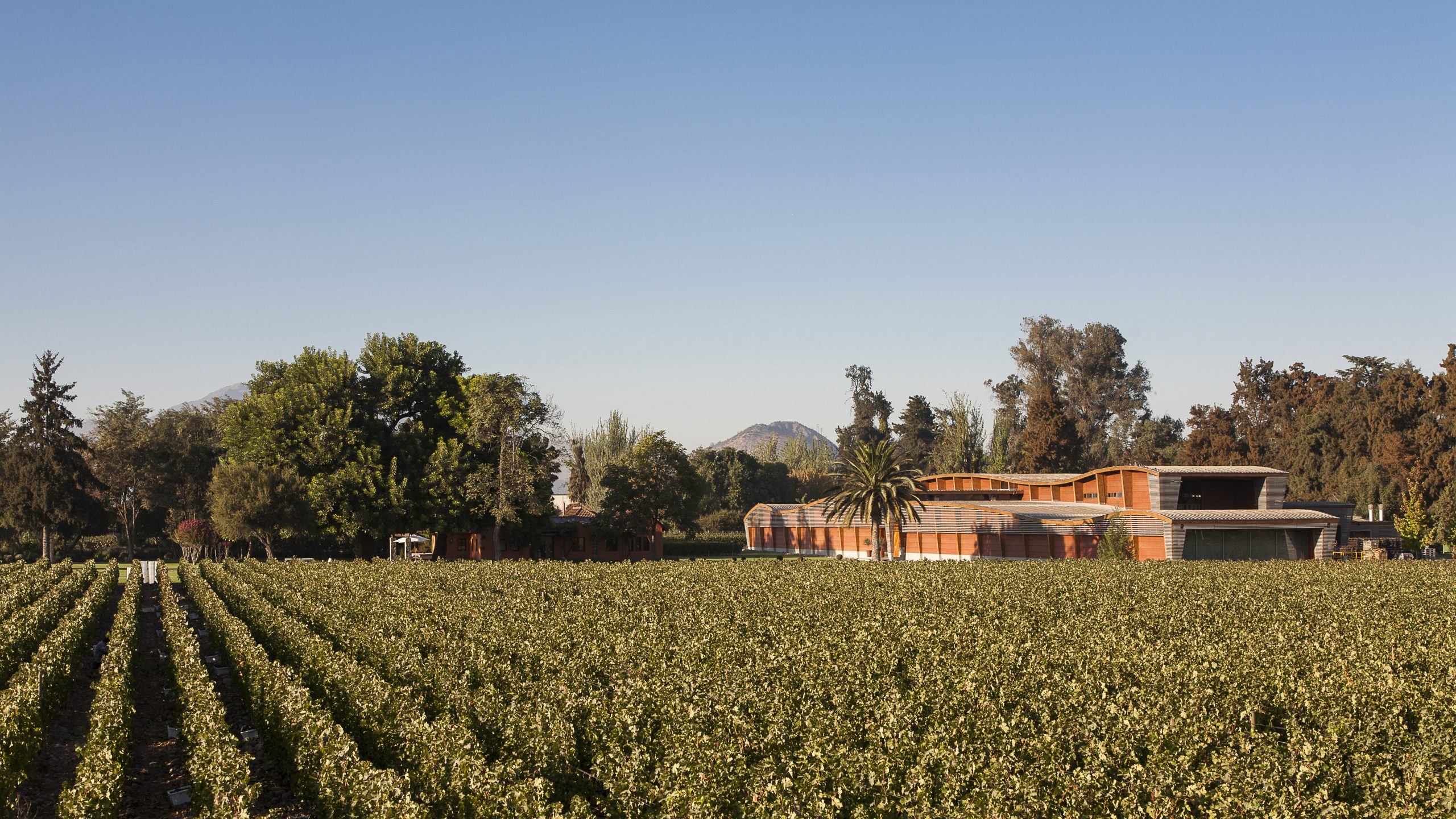
“When you are looking at fine wine, you have to ask two things: is it distinctive, and is it delicious?” That was Patrick Schmitt MW’s opening proposition at a London masterclass in which Almaviva sought to prove both points. As one of Chile’s icon wines, it has had more than 25 vintages to demonstrate its fine wine credentials. Winemaker Michel Friou, along with a selection of wines dating back to 2001, was on hand to make the case.
Almaviva’s story, as a starting point, is distinctive. It was founded in 1997 as a union between Baron Philippe de Rothschild SA and Viña Concha y Toro. It sought to unite French and Chilean winemaking traditions, splitting responsibility and ownership between the two companies. Chile contributed its dramatic landscapes and old vines; France brought expertise and tradition. For fine wine aficionados, it was an auspicious match.
Yet the masterclass demonstrated how the union flourished to create one of Chile’s most highly-regarded wines. In every aspect – Almaviva’s sites, vines, winemaking and positioning – immense care has been taken to prove its credentials. Certainly, the precise focus on winemaking demonstrated distinctiveness. And, although it is a question for each drinker, the bottles on show had won over Schmitt in terms of deliciousness as well.
Choosing the perfect site
For those less familiar with Chile’s winemaking regions, Almaviva’s base in Puente Alto might seem unusual. Instead of being a remote agricultural location, Puente Alto sits at the south of the Santiago conurbation, the most populous in Chile. Scarcely an hour’s drive from Santiago’s central business district, it is one of the more convenient fine winemaking locations in the world.
Convenience, however, does not mean compromise on quality. “This is one of the best areas to grow Cabernet Sauvignon in Chile,” says Friou. The particular advantages of Puente Alto terroir have kept its old vineyards in sufficient demand to hold back urban expansion.
Like Santiago itself, the vineyards are heavily influenced by Chile’s mountainous terrain. Puente Alto’s boundaries butt against the Andes, with their cooling influence, and the vineyards themselves are already at an altitude of 620 metres. The area’s relatively low latitude for a winegrowing region ensures plenty of solar radiation for ripening but, with the cooling effect of mountains and altitude, the vineyards enjoy a high diurnal range that promotes acidity.
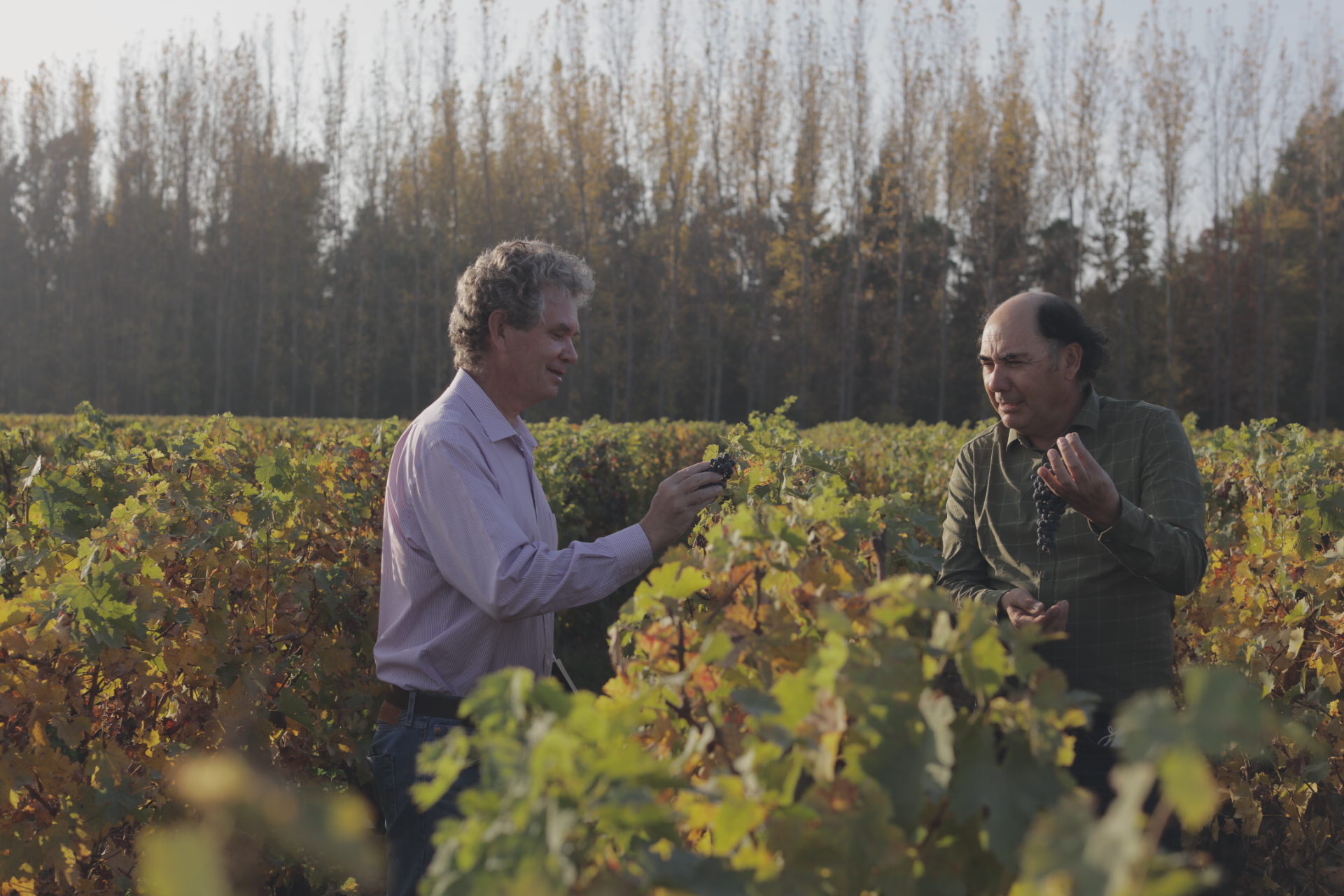
Almaviva’s vineyards also benefit from the proximity of the Maipo River. Running 4km to the south, it helps to moderate the site, contributing to a broadly Mediterranean climate. Although this comes with its challenges – “Irrigation is not an option; it’s an obligation,” admits Friou – the dry, warm growing season reliably ripens high-quality black grapes.
More importantly, the river has created a complex soil structure that helps Almaviva’s grapes to achieve their characteristic depth of flavour. Sitting beyond the sandy first deposits, it comprises a mix of silt, sand and clay, as well as 30%–40% stones and gravel. The complexity offers plot-by-plot options for winemaking, while the stone content in particular aids in ripening Cabernet Sauvignon to its full potential.
In Almaviva’s 73 hectares of vineyards, there are many old, ungrafted vines, with the very first plots to be purchased dating back to 1978. Although some of Almaviva’s more recent plantings, as an insurance, have been grafted, the complexity offered by old vines with original rootstocks, and planted at low densities, is central to the Almaviva project.
Getting the most from the vineyards
Unsurprisingly, Almaviva’s blend is built on Cabernet Sauvignon. Chile’s most planted variety has built an international reputation, with particular recognition for wines from the Maipo Valley. Moreover, Cabernet Sauvignon’s dominance is a recurring theme in Chilean fine wines, like Almaviva, as they increasingly appear on marketplaces such as La Place de Bordeaux.
Cabernet Sauvignon consistently leads the blend; it makes up around 70%, with subtle variations year on year. The grape’s Chilean potential is well-documented: at its best, it offers firm structure, intense black fruit aromas and elegant, herbal nuances. Yet for Friou, the Cabernet Sauvignon of Puente Alto has a special quality, lending a creaminess to the wines that matches the elegant profile he seeks.
That style has, itself, developed over the years. At the estate’s launch, the trend in fine wine was for power, breadth and intensity, a trend reflected in Almaviva’s earliest vintages. Yet Friou soon recognised that his grapes had more to express: “We tried to look for more elegance, finesse and a better quality of tannin.”
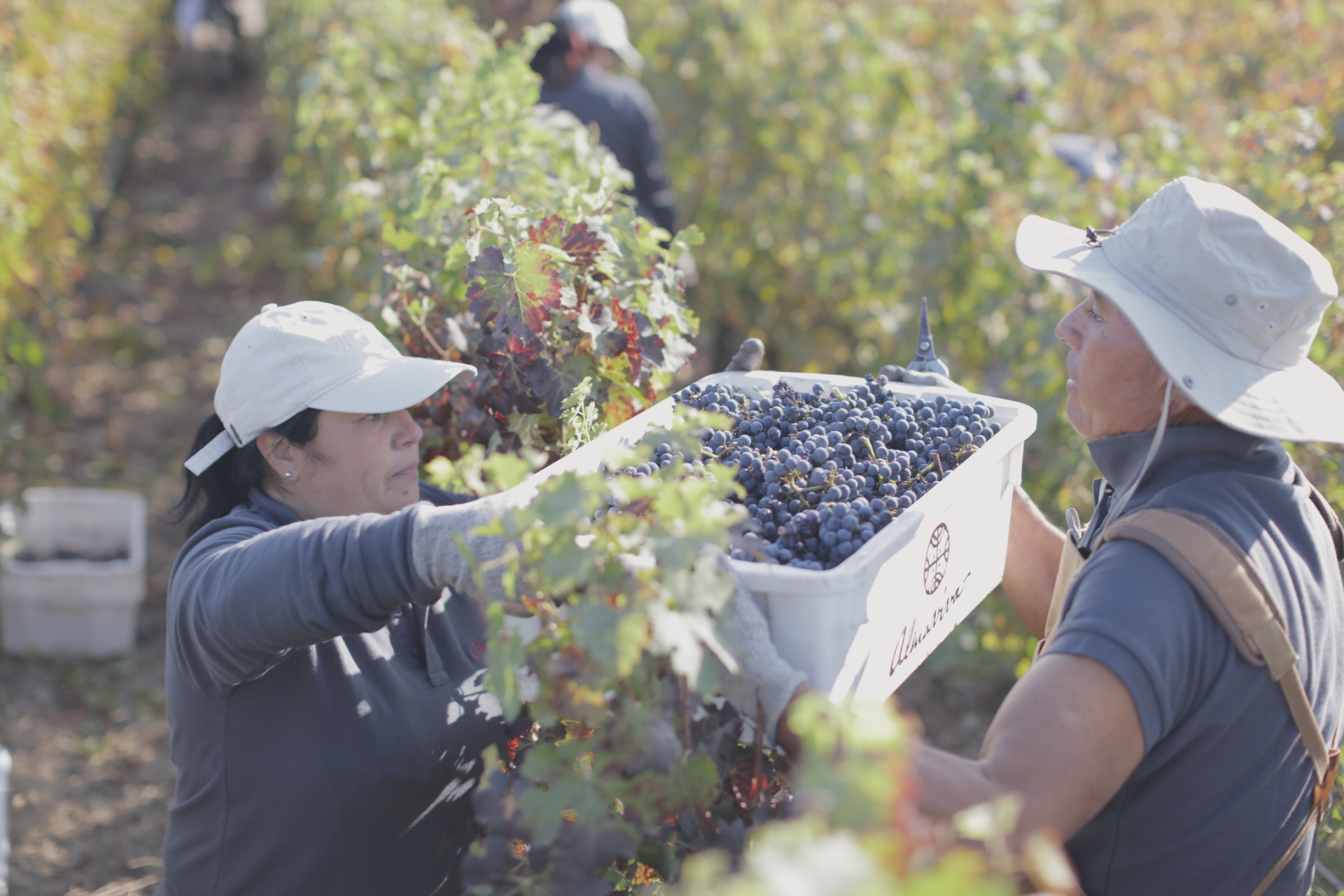
In that pursuit, Cabernet Sauvignon is supplemented by other Bordeaux varieties. Yet among the Cabernet Franc, Petit Verdot and (in earlier vintages) Merlot, it is Carmenere that supports Cabernet Sauvignon the most. The trick is to add enough to soften the Cabernet Sauvignon without it becoming vegetal. Friou has settled in the region of 20%–25%: “The correct balance to smooth the angles of Cabernet Sauvignon.”
Partner Content
Beyond the varietal choices, in Almaviva’s Puente Alto vineyards significant care is taken to maximise quality. The vineyard work is now completely organic, making the most of the dry climate, and biodiversity is being encouraged. While Friou admits that weed control was “the most complicated thing” about organic conversion, even these plants are now permitted as part of the sustainable approach.
The aim, of course, is higher-quality fruit. Having planted a range of varieties for viticultural flexibility, and grown them with sustainability in mind, the result is a hand-picked harvest ready to make one of Chile’s most prestigious wines.
A renewed approach to precision winemaking
That winemaking process is similarly exacting. “Almaviva was created along the lines of a château,” explains Friou. The term illustrates the influence of its French parent company, but it is also a concise summary of Almaviva’s approach. From its range to its winemaking approach to its ageing regimen, the ethos of the château is never far away.
Foremost in that approach, particularly referencing Baron Philippe de Rothschild’s Bordeaux heritage, is the focus on a first wine. Almaviva, even as a fine wine, is the most important product at the estate. Each year, around half of the vineyards’ production goes into the first wine. A further 25%, often from the estate’s younger vines, is used for Epu, Almaviva’s second wine. The remainder, if not appropriate for Almaviva’s production, is sold to other winemakers. Rather than build a range from the bottom up, focusing on mass-market appeal and crowning it with a scarcely available icon wine, Almaviva places its flagship bottling at the centre of operations.
Quality likewise comes to the fore in the vinification process. Once again following the château ethos, the on-site winery means that grapes are fresh on arrival. There, after both manual and optical sorting, the grapes macerate and ferment in small tanks.
Small tanks are a common tool for the fine winemaker, but Almaviva’s are particularly innovative. In addition to separating out plots and varieties for precise winemaking, they are entirely mobile. This offers flexibility, allowing a modular approach to the winery’s layout, but it also means the grapes and must can be transported using gravity flow. The gentle process ensures that the care taken in the vineyard is not squandered through rough work in the winery.
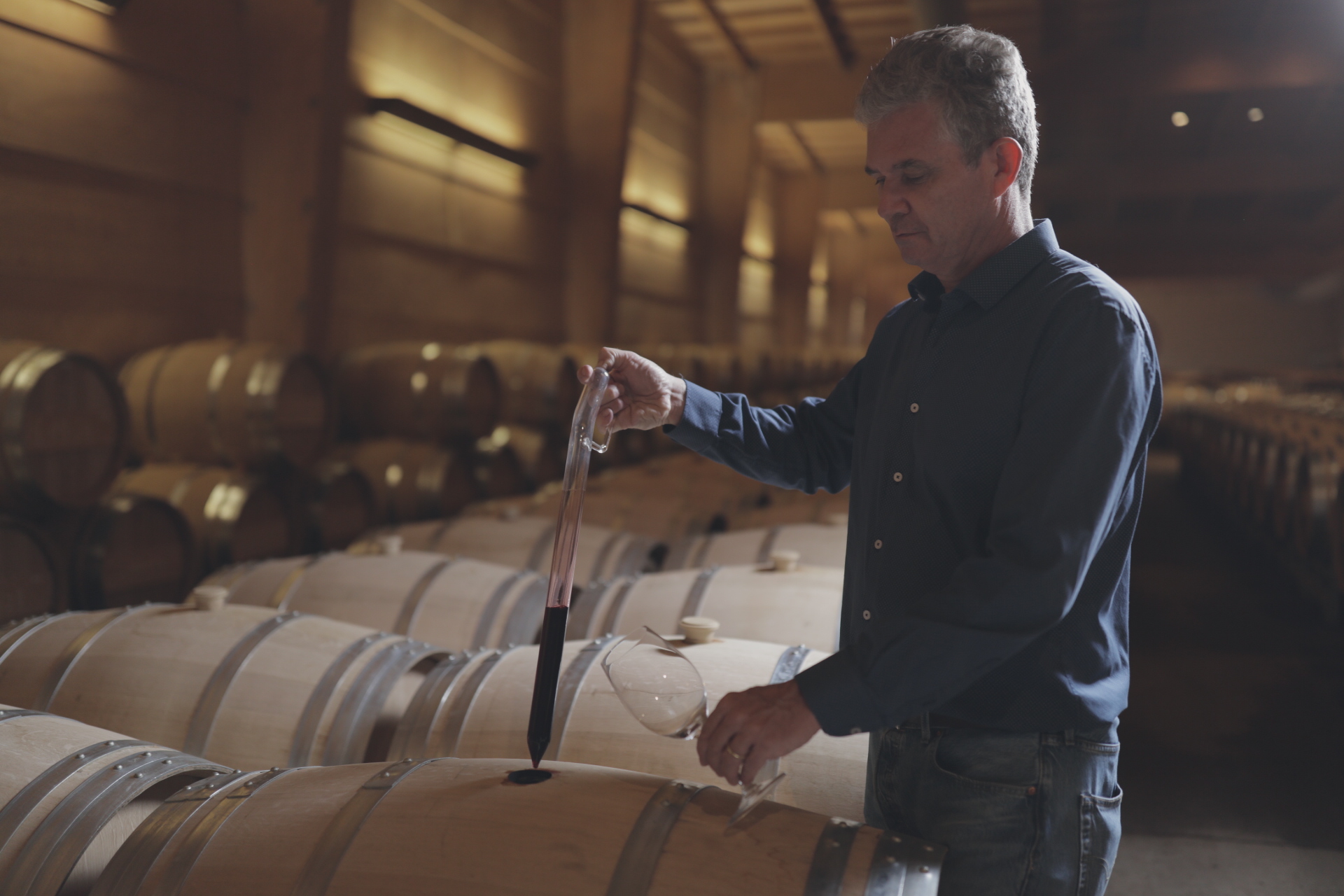
In the final stage of the winemaking process – ageing Almaviva – the scene is again reminiscent of Bordeaux. The winery sources barrels from more than 10 coopers, using exclusively French oak, of which 75% is new. These house the wine for 18 months, with the process planned in granular detail.
No consideration is too small. For instance, the staves used for Cabernet Sauvignon are 22 millimetres thick for added oxygen contact, whereas 27mm staves are preferred for Carmenere, as they contribute tannin. It is not grand-gesture winemaking, but the culmination of small, expert actions has created the icon wine.
Building a global reputation
Of course, reputation is earned, not invented. Almaviva would not have reached its position on the global stage if it had not maintained high standards. Yet the producer’s continuing work is ensuring that wine drinkers know the brand and its ethos.
This has, in part, meant reaffirming the unusual union from which the brand was born. With both Baron Philippe de Rothschild and Concha y Toro succeeding individually, Almaviva continues to represent an audacious, Atlantic-crossing partnership. Indeed, this is celebrated every year, as winemakers from both will taste the wines as they develop, and a joint technical team is responsible for the wine’s continuing evolution.
That strong identity is now broadcast all over the world. Almaviva, however, has also brought the world to it. As part of the winery’s redevelopment, it created new dedicated spaces designed for wine tourism. The winery can now receive small group visits or organise tastings, with visitors able to witness both the landscape of Almaviva and the hard work in the winery that creates its wines. For a producer with a compelling narrative, it is an easy win in welcoming new drinkers.
Perhaps most impressive of all has been Almaviva’s recognition within the industry. Distributed via La Place de Bordeaux and routinely achieving top scores from critics, it is well-known among the fine wine lovers of the world. Each drinker ultimately has to answer that opening proposition – is Almaviva both distinctive and delicious? – for themselves. What is clear, however, is that an increasing number of drinkers around the world are answering with an unambiguous “yes”.
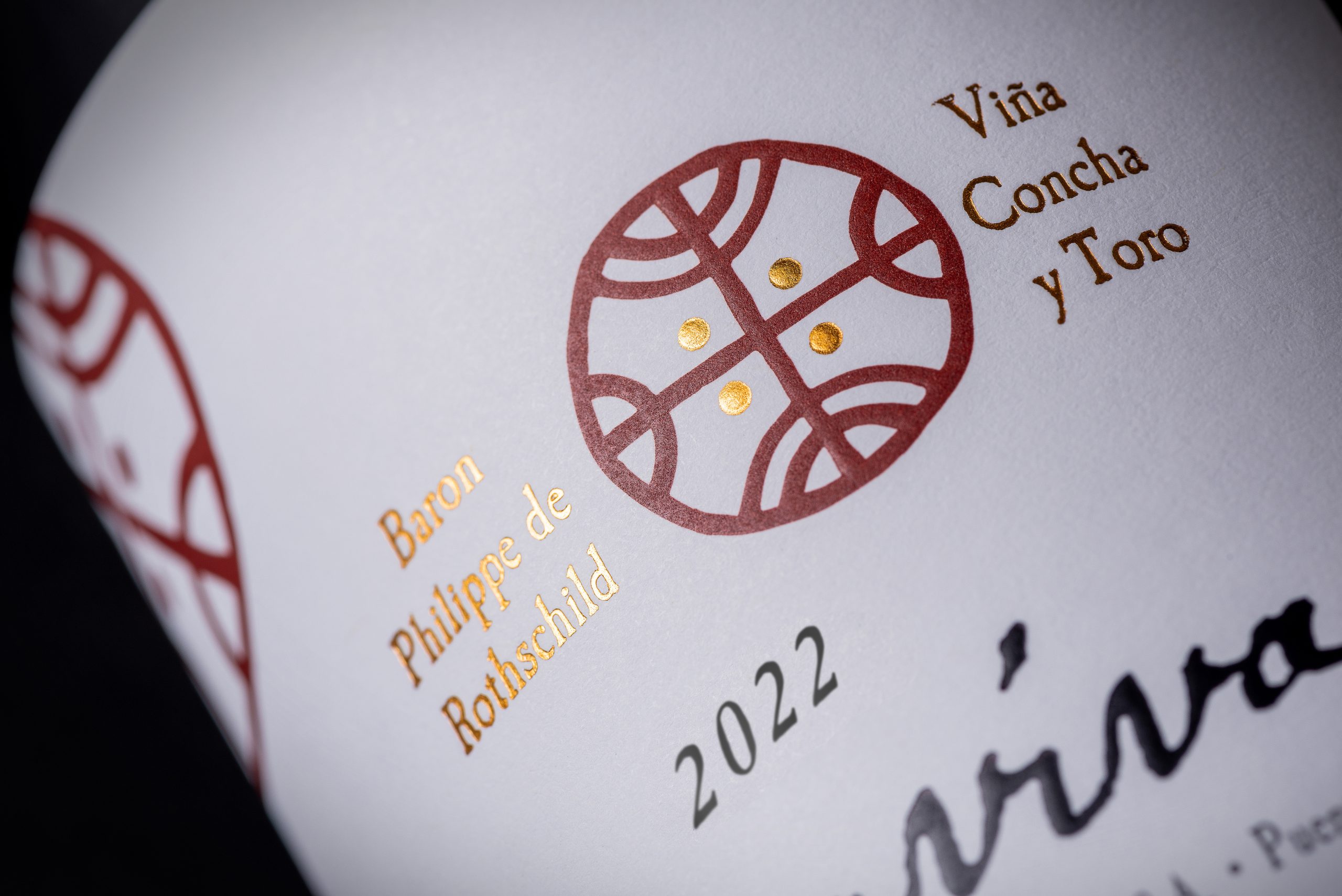
Related news
Refined wines define Martínez Lacuesta's 130-year legacy




